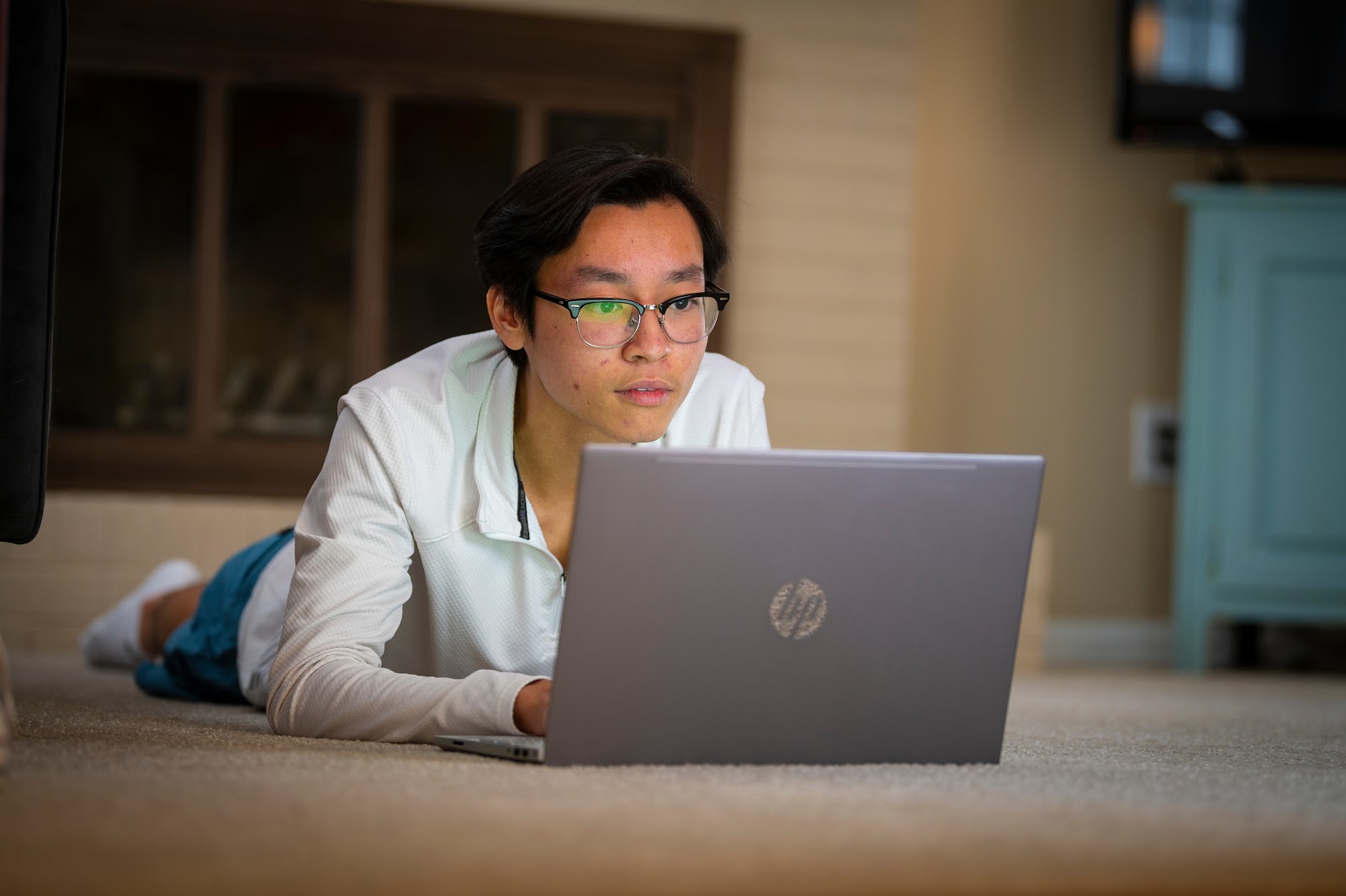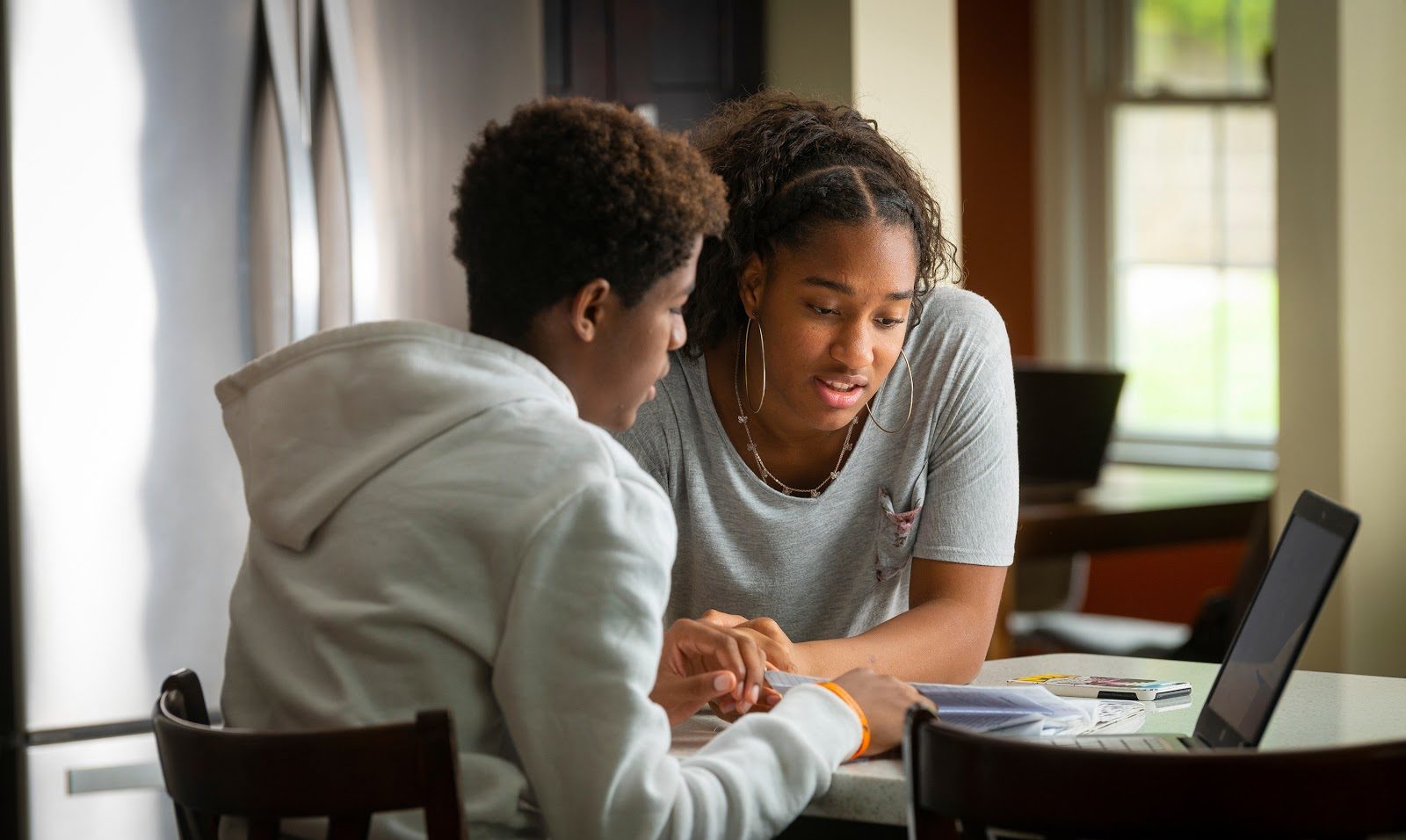Internet for All
The pandemic has made obvious to the broader public what those in education have long known: People need the internet to function in today’s world. In April 2020, Superintendent Martinez called for a grand initiative that would expand broadband to every home. The federal government can drive a project of this scale.
Corporate grants here and there and temporary reduced-cost plans may provide limited, localized assistance, and donations from individuals and community foundations may allow districts to support one child at a time. Such efforts have been critical to this point, but as Superintendent Enfield said, it is appalling that schools must “hold the equivalent of a bake sale-type fundraiser for something that should be available to every student.”
All children have a fundamental right to a high-quality education. We deny them that right when they don’t have access to the internet and adequate technology. The future of an entire generation of students, and our country’s overall progress, is at stake. In this moment, the federal government must create the conditions and incentives for change and work with service providers and others to develop new infrastructure that will bring the internet to every corner of America.
Through conversations with Vice President Mike Pence, members of Congress, and U.S. Secretary of Education Betsy DeVos as well as correspondence with FCC Chairman Ajit Pai and the heads of major internet companies, Chiefs for Change continues to advocate for universal broadband. Members of our network sounded the alarm months ago. They have repeatedly emphasized the need, testifying before congressional committees, appearing on news programs, and talking to anyone who will listen.

The federal government has taken some important steps. These include programs to support expanded broadband through the FCC, the U.S. Department of Agriculture, and the U.S. Department of Health and Human Services, as well as emergency coronavirus relief aid approved by Congress and the president. Yet there is bipartisan agreement that more help is needed. Elected officials on both sides of the aisle have indicated a willingness to take additional action, but they have not yet coalesced around specific plans. There are a number of proposed approaches, ranging from expanding E-Rate funding, typically reserved for schools and libraries, to cover technology and connectivity in students’ homes; new funding streams to incentivize public-private partnerships; funding to states that would be allocated by formula to support digital equity; competitive grant funding for projects led by individuals, groups, and coalitions; and subsidies, tax breaks, and low-cost loans to help organizations with a public purpose build reliable and affordable internet connections; among others.

As a network of bipartisan leaders from across the United States, we are not, as of this writing, endorsing any single, specific plan. Rather, we urge Democrats and Republicans—in the strongest possible terms—to unite around viable solutions that remove obstacles to learning and approve the resources to implement those solutions now.
More than ever, America’s students need universal broadband so they can attend class online when school buildings are closed, accelerate their learning at night when school buildings are open, and access the wealth of information they need to succeed in our interconnected world.
Thank you to the following education systems for providing photos or inviting us to capture images for the #SendTheSignal brief: Guilford County Schools, Baltimore City Public Schools, Boulder Valley School District, Phoenix Union High School District, San Antonio Independent School District, and Mississippi Department of Education.
